Specificaties
| Titel | Landschap met de gelijkenis van de barmhartige Samaritaan |
|---|---|
| Materiaal en techniek | Pen in bruine inkt, bruin gewassen, doorgegriffeld en de keerzijde geheel rood geprepareerd voor overbrenging, kaderlijnen met de pen in bruine inkt |
| Objectsoort |
Tekening
> Tweedimensionaal object
> Kunstvoorwerp
|
| Locatie | Dit object is in het depot |
| Afmetingen |
Hoogte 197 mm Breedte 271 mm |
|---|---|
| Makers |
Tekenaar:
Hans Bol
|
| Inventarisnummer | MB 1684 (PK) |
| Credits | Aankoop 1902 |
| Collectie | Tekeningen & Prenten |
| Verwervingsdatum | 1902 |
| Vervaardigingsdatum | in 1580 |
| Signatuur | 'Hans Bol / 1580' gesigneerd en gedateerd (rechtsonder, in pen in bruine inkt) |
| Watermerk | geen (vV, 7P, fijn) |
| Conditie | randschade; verso: sporen van een verwijderde doublure (van voor het verzamelaarsmerk) |
| Inscripties | geen |
| Merkteken | Museum Boymans Rotterdam (L.288) |
| Herkomst | Charles M. Dozy (1852-1901), Leiden; Veiling Amsterdam (R.W.P. de Vries) 6 mei 1902, nr. 24 (fl. 35); verworven in 1902 |
| Tentoonstellingen | Rotterdam 2004b; Parijs/Rotterdam 2014, nr. 31 |
| Interne tentoonstellingen |
Het jaar rond met Bol (2004) Vroege Nederlandse tekeningen - Van Bosch tot Bloemaert (deel 3) (2015) |
| Externe tentoonstellingen |
Bosch to Bloemaert. Early Netherlandish Drawings from the Museum Boijmans Van Beuningen (2014) |
| Onderzoek |
Toon onderzoek Nederlandse tekeningen uit de vijftiende en zestiende eeuw |
| Literatuur | cat. 1901, p. 22v; Jaarverslag 1902, p. 8; Franz 1963, pp. 66-85, ill. 24; Franz 1965, pp. 48, 49, 63, nr. 107, pl. 91; Hollstein XXI (1980), p. 178, onder nr. 571; Depauw 1990, p. 12, nr. 15; Collection Catalogue 2012 (online) |
| Materiaal | |
| Object | |
| Techniek |
Bruin gewassen
> Wassen
> Gewassen
> Tekentechniek
> Techniek
> Materiaal en techniek
Doorgriffelen
> Doorgegriffeld
> Tekentechniek
> Techniek
> Materiaal en techniek
Prepareren
> Geprepareerd
> Vormtechniek
> Algemene techniek
> Techniek
> Materiaal en techniek
|
| Geografische herkomst | Zuidelijke Nederlanden > Nederlanden > West-Europa > Europa |
| Plaats van vervaardiging | Antwerpen > België > West-Europa > Europa |
| Geografische herkomst | Noordelijke Nederlanden > Nederlanden > West-Europa > Europa |
























